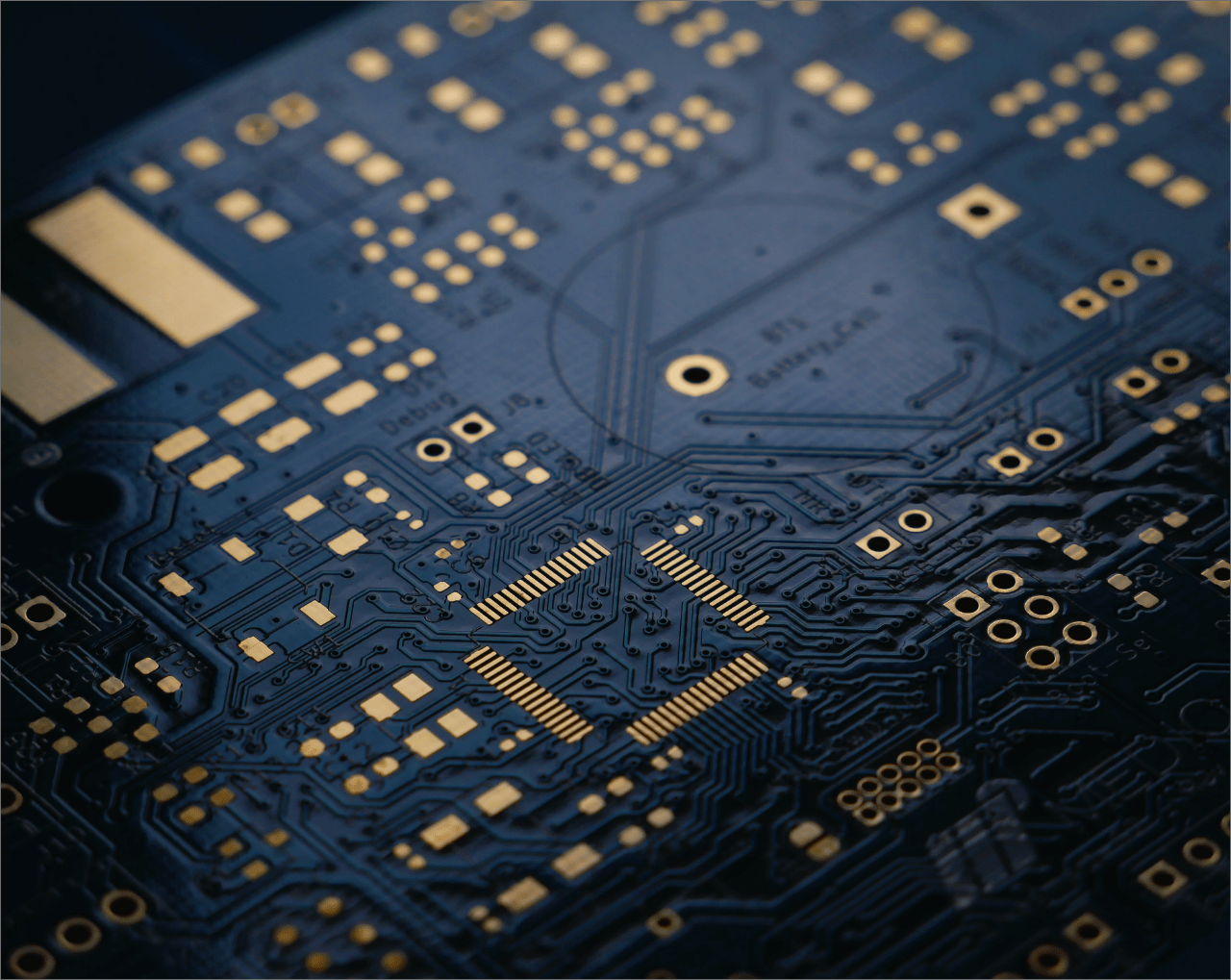WHAT IS THE 5G? HOW DOES IT WORK?
Wireless communication has come a long way over the years, from the early days of 1G (First Generation) networks to the current 4G (Fourth Generation) technology that powers our smartphones and mobile devices. However, there's a new player in town that is set to revolutionize the way we connect and communicate wirelessly - 5G (Fifth Generation). In this blog, we will delve into the world of 5G, exploring what it is, how it works, and the potential impact it could have on various industries and our daily lives.
What is 5G? 5G refers to the fifth generation of wireless communication technology that promises to deliver faster speeds, lower latency, higher capacity, and more reliable connections compared to previous generations. It is designed to provide significant improvements in speed, efficiency, and performance, unlocking new possibilities for various applications and use cases.
How does 5G work? 5G networks operate on higher frequency bands, known as millimeter waves, which provide wider bandwidths and faster data transfer rates compared to the lower frequency bands used in previous generations. This allows for more data to be transmitted at faster speeds, resulting in lower latency (the time it takes for data to travel from the source to the destination) and improved network efficiency.
5G also relies on advanced technologies such as massive MIMO (Multiple Input Multiple Output), beamforming, and network slicing. Massive MIMO involves the use of a large number of antennas at the base station to transmit and receive data simultaneously to multiple devices, increasing network capacity and throughput. Beamforming uses directional antennas to precisely target signals towards specific devices, improving coverage and reliability. Network slicing allows for the creation of virtual networks that can be customized for specific applications or industries, optimizing resources and providing tailored services.
Potential Impact of 5G: The arrival of 5G is expected to have a significant impact on various industries and sectors, including:
-
Enhanced Mobile Connectivity: 5G promises to provide faster speeds and lower latency, which can greatly enhance mobile connectivity. This can enable new capabilities such as ultra-high definition video streaming, augmented reality (AR) and virtual reality (VR) applications, and real-time gaming on mobile devices.
-
Internet of Things (IoT): 5G has the potential to accelerate the growth of IoT devices and applications. The increased capacity and efficiency of 5G networks can support a massive number of connected devices, allowing for seamless communication between devices and enabling advanced IoT use cases such as smart cities, industrial automation, and autonomous vehicles.
-
Healthcare: 5G can revolutionize the healthcare industry by enabling remote surgeries, telemedicine, and remote patient monitoring with ultra-low latency and high reliability. This can improve access to healthcare services, particularly in remote or underserved areas.
-
Smart Cities: 5G can enable smart city initiatives by providing the necessary connectivity for smart sensors, devices, and infrastructure. This can lead to improved city management, transportation systems, energy efficiency, and public safety.
-
Industry 4.0: 5G can transform industries by enabling advanced automation, robotics, and remote control of industrial processes. This can lead to increased productivity, efficiency, and cost savings in sectors such as manufacturing, logistics, and agriculture.
5G is set to revolutionize the way we connect and communicate, offering faster speeds, lower latency, and higher capacity compared to previous generations. With its potential to enable new applications and use cases, 5G is expected to have a significant impact on various industries and sectors. However, the deployment of 5G also presents challenges such as infrastructure requirements, regulatory.
HOW DOES IT WORK?
5G networks are designed to operate in three frequency bands: low-band, mid-band, and high-band (mmWave).
-
Low-Band: The low-band frequencies provide wider coverage and better penetration through obstacles, making them suitable for providing basic 5G services in urban and rural areas.
-
Mid-Band: The mid-band frequencies offer a balance between coverage and capacity, making them ideal for providing higher data speeds and capacity in urban areas.
-
High-Band (mmWave): The high-band frequencies, also known as mmWave, offer extremely high data speeds and capacity. However, they have limited coverage and are susceptible to interference from obstacles such as buildings and trees, making them suitable for localized deployments in dense urban areas.
5G networks use a combination of the above frequency bands to provide the desired coverage, capacity, and performance based on the specific requirements of the use case or application.
Potential Impact of 5G: The deployment of 5G is expected to have a significant impact on various industries and sectors, including:
-
Enhanced Mobile Connectivity: 5G promises to provide faster speeds, lower latency, and improved network efficiency, which can greatly enhance mobile connectivity. This can enable new capabilities such as ultra-high definition video streaming, augmented reality (AR) and virtual reality (VR) applications, and real-time gaming on mobile devices.
-
Internet of Things (IoT): 5G has the potential to accelerate the growth of IoT devices and applications. The increased capacity and efficiency of 5G networks can support a massive number of connected devices, allowing for seamless communication between devices and enabling advanced IoT use cases such as smart cities, industrial automation, and autonomous vehicles.
-
Healthcare: 5G can revolutionize the healthcare industry by enabling remote surgeries, telemedicine, and remote patient monitoring with ultra-low latency

